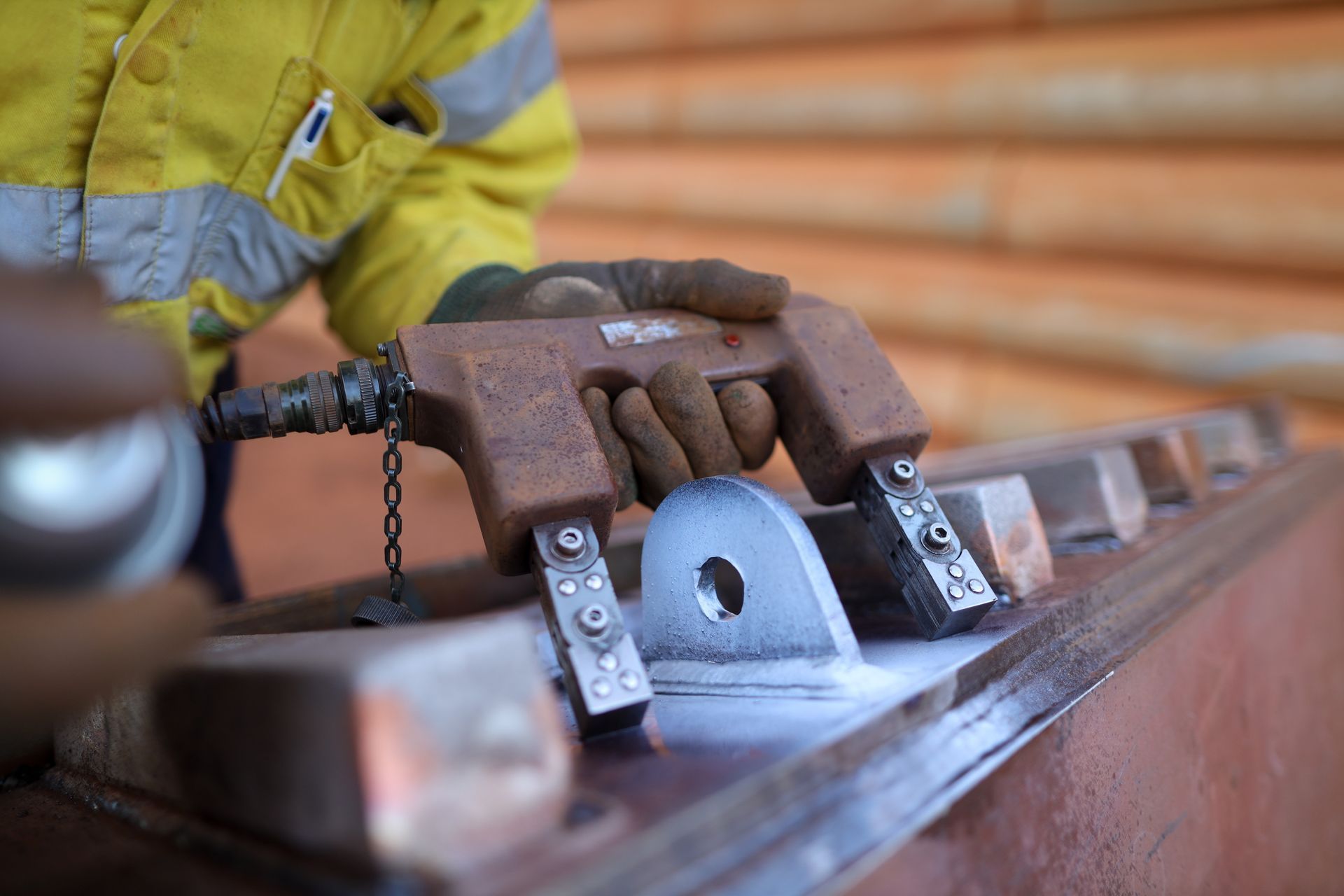What is Leak Detection? How Does it Work? When is it Needed?
June 15, 2022
Leak detection ensures safety, reduces the waste of resources, and prevents further damage.
Leak detection reveals critical information about underground and other related situations. With leak detection, we are able to find more about what we cannot see above ground or behind walls, tanks, and in other situations. Leak detection is designed to identify cracks or holes causing liquid, gas or any other substance to leak. With that said, leak detection is significantly important because it evaluates safety, reduces costs, and minimizes leak issues from getting worse. With this high level of importance and the growth of development in the world, the demand for the leak detection and repair industry is increasing at a rapid rate.
Leaks, as we know, can be very dangerous, which is why it is important to continue to monitor and test for leaks. With underground piping in place, continuous leak detection is extremely necessary and a major part of safely maintaining such systems. Understanding whether there is any leak or escaping material will allow for the containment, control, and elimination of such leaks. Leak detection is an essential part of installing and maintaining piping systems. There are many methods of detecting leaks and each method is specifically designed to serve a different purpose or apply to a specific situation.
There are three common types of leak detection systems, which are chemical, pressure, and acoustic. Acoustic is a form of non-invasive leak detection. Non-invasive leak detection is especially important because it involves the use of leak detection equipment without having to dig or drill. This leak detecting method
eliminates the cost
of damaging property or structures, as well as using workers to operate the machinery and equipment to dig or drill.
Leaks produce high frequency sounds.
Acoustic leak detection
involves a device or sensor that records sound waves. Acoustic leak detection is able to remove any and all background noise to properly identify and quickly locate a leak. The difference in the sound indicates the type of leak, such as whether it’s a crack or hole, its size, and the material leaking. A lot can be discovered with acoustic leak detection and with absolutely no damage done to the building or work area. It provides valuable information to the development team and other involved parties such as state, or government agencies which may require such testing and monitoring.
Systems that transport fluid or gas material always have the potential to develop leaks, cracks, and holes. These systems need consistent leak detection and monitoring to ensure safety, reduce the use of resources, and minimize further damage.
Non-invasive leak detection is the modern approach to
detecting and locating leaks. Acoustic leak detection saves time, resources and increases safety. At Steel City NDT, safety is a top priority.
We
use top leak detection equipment to get the job done effectively and efficiently. If you are in need of leak detection services, Steel City NDT is Pittsburgh’s top non-destructive testing team with years of experience.
Call today
to hear more about our leak detection specialty testing services or check it out
here!





